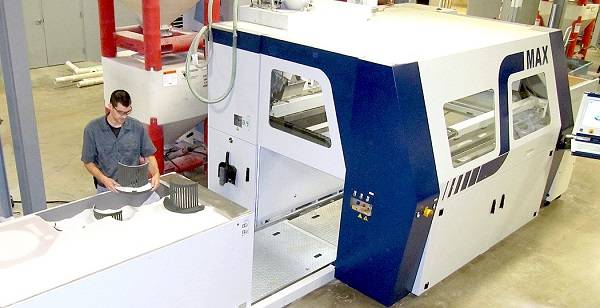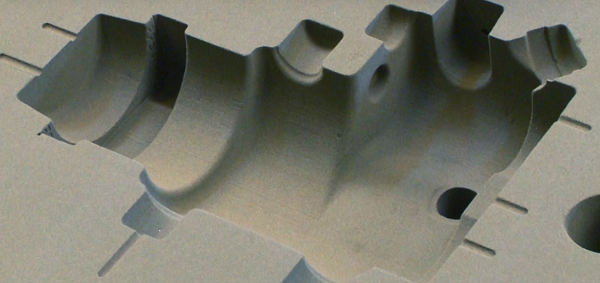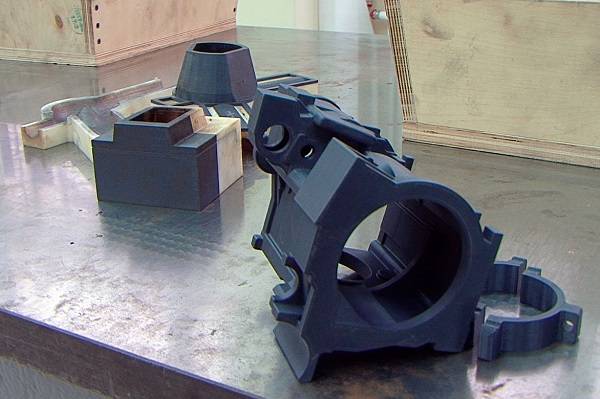Uralvagonzavod installs 3D printer for printing foundry equipment


According to the press service of the corporation, “an industrial 3D printer is capable of printing molds and rods up to 1800 × 1000 × 750 mm, or fragments of larger products, the production of two tons of products takes about sixteen hours.”
Currently, Uralvagonzavod engineers are completing installation and preparing for the commissioning of new equipment.
“This is not the first professional additive system used by the Ural enterprise. Since 2015, the Fortus 3mc 400D printer manufactured by Stratasys Corporation, which prints with polymer filaments, has been operating here. In particular, the device was used in prototyping individual nodes of a promising tank “Armata”, ”the material says.

In the future, the company plans to supplement the list of equipment with equipment for optical or laser 3D scanning, as well as an X-ray tomograph for carrying out defectoscopy of cast products.
The name of the printer is not indicated: “it can be assumed that the equipment was acquired around sanctions, since the description and technical characteristics point to the S-Max 3D printer manufactured by the American company ExOne,” notes the resource.
- 3dtoday.ru
Information